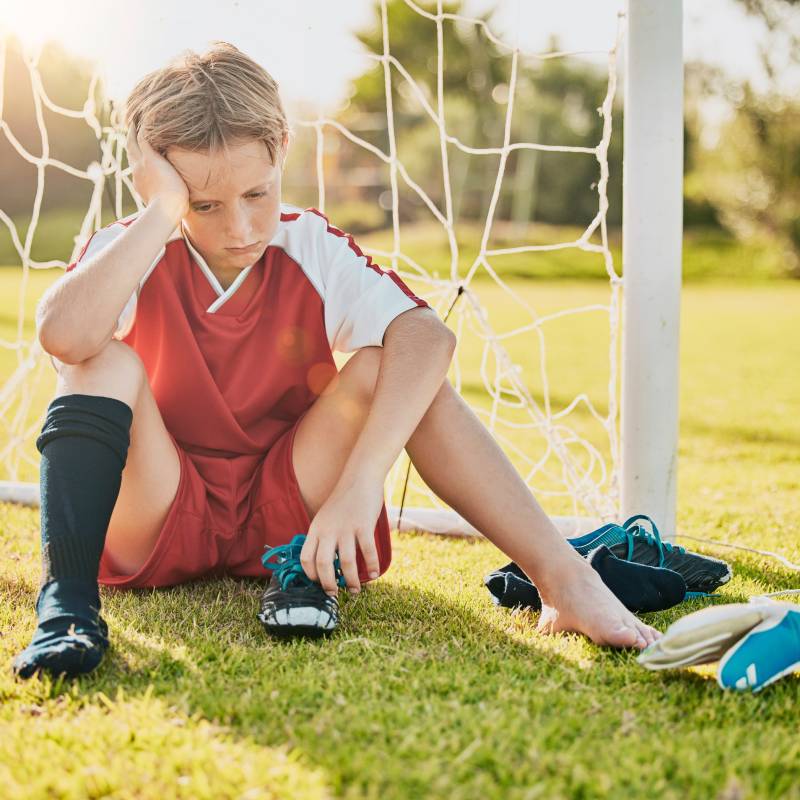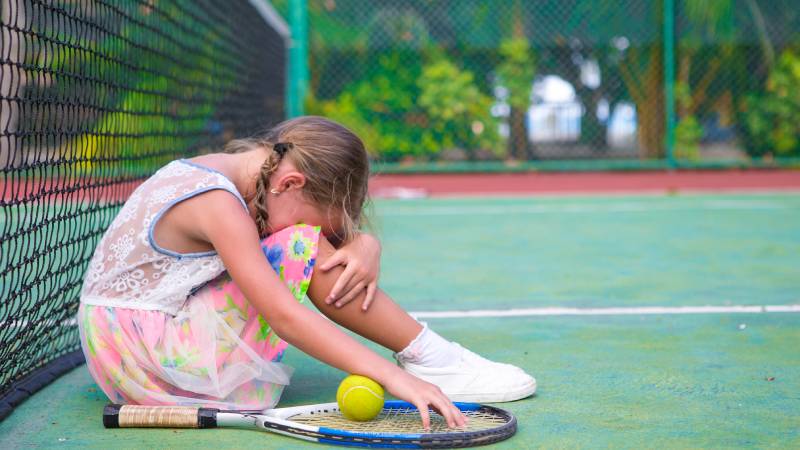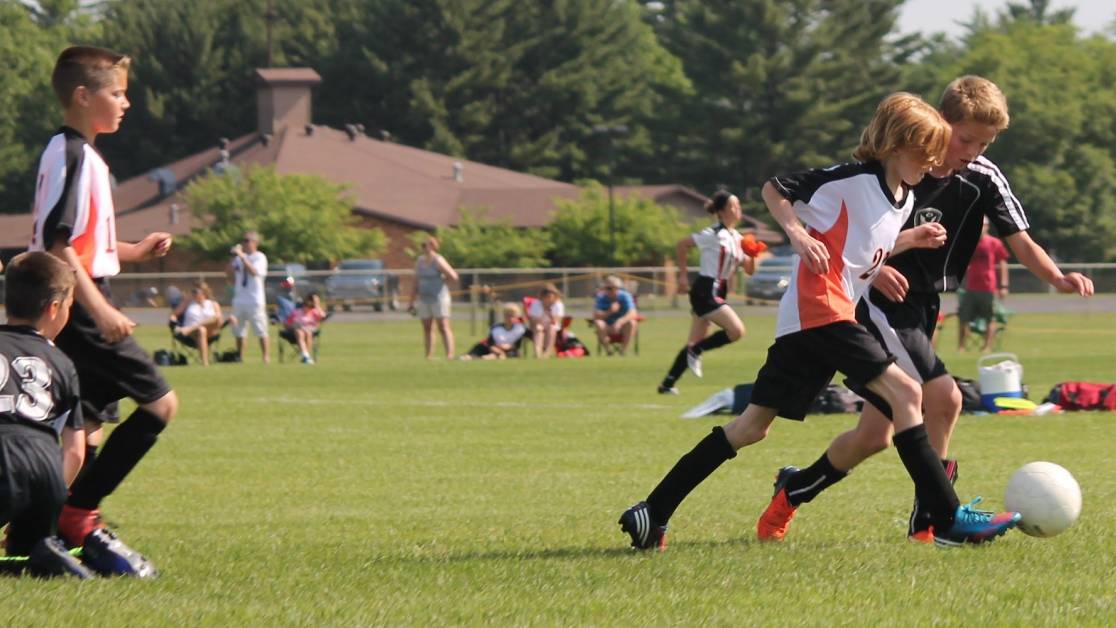Bullying in sport: Understanding the causes

Bullying transcends environments, infiltrating from schoolyards to professional and sporting environments. Nearly one in ten athletes experiences bullying in the sporting environment, whether during training, competition or other sports-related events [1]. However, this figure could be underestimated, given that some bullies use anonymous accounts to target people they know.
To combat this scourge effectively, it is essential to delve into its underlying causes and develop appropriate prevention strategies.
Causes of bullying in sport
Power Dynamics
The need to dominate can be a cause leading to bullying [2]. A striking example of this can be seen in top-level sport. Indeed, a more experienced athlete can sometimes intimidate a younger teammate by constantly criticizing him or her in order to maintain his or her dominant position, thus illustrating the need for dominance. The consequences of this on team dynamics are numerous, such as:
- Decreased motivation and enjoyment of the game: Bullied athletes often lose motivation and enjoyment of their sport.
- Impaired communication and collaboration: The fear and mistrust engendered by bullying hinder open communication and effective collaboration between team members.
- Increased stress and anxiety: The hostile climate created by bullying can cause significant stress and anxiety in athletes, which can adversely affect their performance.
- Exclusion and marginalization: Bullied athletes may feel excluded and marginalized by the rest of the team.
- Loss of self-confidence: Bullying can have a negative impact on athletes’ self-confidence, which can affect their performance and well-being.
Socio-cultural influences
In some sporting cultures where aggression is perceived as an asset, players may be encouraged, even celebrated, for bullying opponents or teammates, creating a perpetual cycle of intimidation.
One striking case involved a junior field hockey team where new members were systematically subjected to humiliating initiation rites, a practice tacitly approved by coaches and older players.
Personal Issues
A young athlete, previously bullied at school for his weight, could become a bully himself within his soccer team, using physical force against his teammates in a clumsy attempt to regain control and avoid being targeted again.
Culture of hyper-competitiveness
On a top-level swim team, the pressure to break records and win competitions is intense. One of the swimmers, feeling his place threatened by a promising young talent, starts using derogatory comments and intimidation tactics to undermine the latter’s confidence. This situation illustrates how the culture of hyper-competitiveness can drive some athletes to resort to intimidation to maintain their status.
Lack of clear policies and training
In one gymnastics club, the absence of a clear anti-bullying policy and the lack of training for coaches on the subject created an environment where taunting and shunning of victims became commonplace. Older or more accomplished gymnasts feel free to bully new members without fear of consequences, underlining the importance of institutional guidelines.
External Pressures and Stress
Under constant pressure from his parents to win a sports scholarship, a young track and field athlete begins to show signs of aggression towards his competitors, even intimidating them before races. The fear of disappointing his parents and losing the scholarship leads him to adopt intimidating behavior as a failed strategy for managing his anxiety.
Towards a Culture of Awareness and Prevention
By recognizing the multiple causes and dynamics underlying bullying in sport, it becomes imperative for sports stakeholders to work together to create a culture of awareness and prevention.
By cultivating a culture of awareness and prevention, sports stakeholders can work together to eliminate the root causes of bullying and promote values of respect, solidarity and equality within the sporting community.
Sources :
[1] Parent, S. D’Amours, C. Intimidation en contexte sportif. Institut national de santé publique du Québec. Consulté à l’URL suivante :
https://www.inspq.qc.ca/intimidation/jeunes/intimidation-en-contexte-sportif
[2] Clinique de Psychologie Québec. (2018). L’intimidation en milieu scolaire : comment la reconnaître et y mettre un terme. Consulté à l’URL suivante : https://cliniquepsychologiequebec.com/intimidation-scolaire/
Karl Demers

On the same subject
This article sets out to deconstruct the phenomenon of bullying in sport, exploring definitions, underlying reasons and consequences.
Bullying in sport, a persistent and worrying problem, extends far beyond mere competitive rivalries, infecting team spirit and undermining the […]
Bullying is a fairly common problem, but it's even more prevalent in sports environments.


